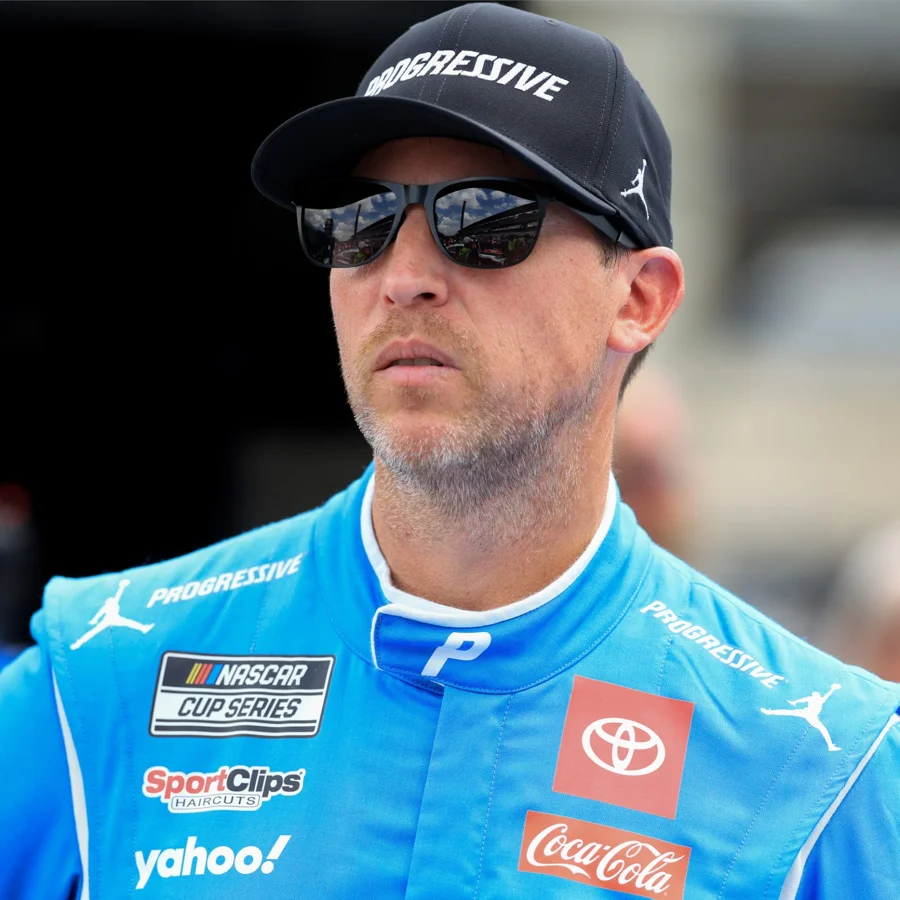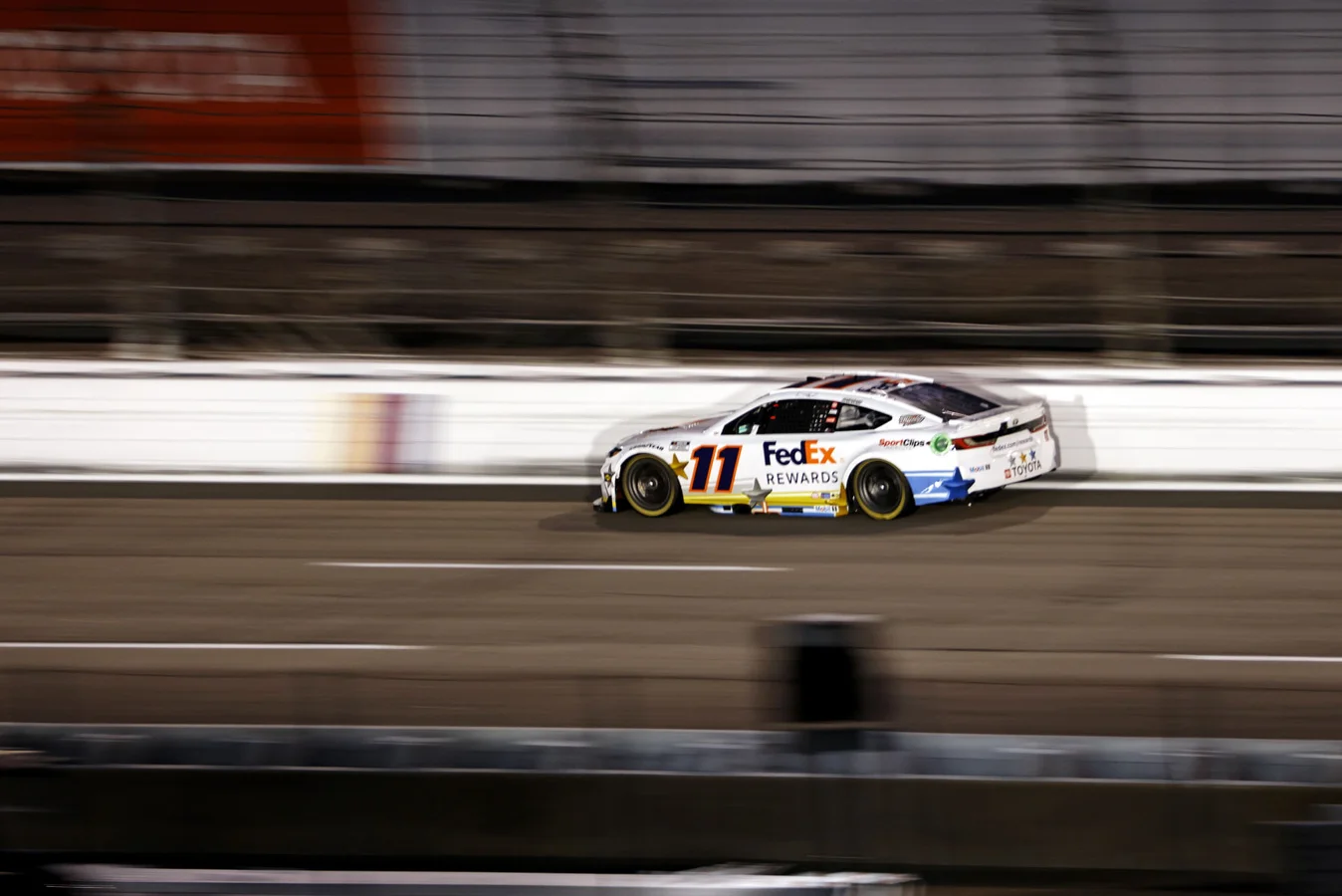Denny Hamlin pit road struggles Richmond became the focus on Saturday night as Denny Hamlin and the No. 11 team faced a slew of issues that cost them a shot at the win during the NASCAR Cup Series Cook Out 400 at Richmond Raceway. Despite entering with high expectations and a car capable of reaching Victory Lane, mistakes on pit road and a late-race crash left Hamlin settling for a disappointing 10th-place finish.
Early Promise Undone by Pit Crew Errors and Speeding Penalty
Historically, Richmond Raceway has played to Hamlin’s strengths, and he was confident in his equipment from the start. Unfortunately, the usually dependable pit crew encountered an off night, compounding Hamlin’s struggle for a top result. Both team missteps and a penalty for speeding on pit road combined to hinder his progress. On his Actions Detrimental podcast, Hamlin disclosed what specifically went wrong during his critical pit stops, explaining how errors by both himself and the crew led to chaos.
“Pit road was terrible and I’m including myself on that. … I was too low. I cut the radius too short,”
—Denny Hamlin, NASCAR Driver
Hamlin explained the intricacies of navigating pit road, where proper calibration and staying to the right are essential to avoid speed violations. Despite preparing with a pre-race pit road roll to check the speed lights, he admitted to an error while leaving his stall. This misjudgment in positioning resulted in a shortened distance, causing his speed to register higher and trigger a penalty—even though, technically, he followed the same dash indicators as usual.

“What happened more than likely is I left my pit stall and didn’t go all the way out to the right. When you cut the inside of the track a little shorter, your distance is shorter. Even if you run the same amount of lights and RPMs, your speed will show faster. So, 45 mph on the very outside versus 45 mph on the very inside — you’re still under the speed limit — [but] it changes the time and will register a faster mph the lower you are. I certainly was so frustrated because I knew right off the bat we had a race-winning car. Usually, I know about five laps into the race, like is it doing the things I need. I notice very quickly.”
—Denny Hamlin, NASCAR Driver
Mid-Race Crash Compounds Frustration
Hamlin’s night went from difficult to disastrous as he became embroiled in a massive 12-car incident on Lap 198. The collision damaged his car’s performance, taking away the early speed that had made him a favorite. As a result, Hamlin and the No. 11 toyota/”>Toyota lost the ability to challenge for the lead, and he described his car’s competitiveness as having dropped to an average level.
“It still had decent capability, but we had lost our edge. We became pedestrian at that point. We were just another car,”
—Denny Hamlin, NASCAR Driver
Even as Hamlin worked his way forward, the sense of what might have been lingered. Every pit stop brought more headaches, with different issues cropping up each time. For Hamlin, the night became a missed opportunity to control and possibly dominate the race, which left frustration simmering as he considered what could have been achieved with clean execution.
“One mistake at the very beginning and you’re just never to be seen again. I was actually happy about how I was able to move forward. Again, testament to the tires, drop off and all that stuff. I was like, ‘Damn, this isn’t over.’ I got to 12th, 13th pretty quickly, and then I got in the wreck and was like, ‘F*ck.’ Darn it, man. I hate letting these weekends get away. There’s not so many left.”
—Denny Hamlin, NASCAR Driver
What Comes Next for Hamlin and the No. 11 Team
This turbulent evening at Richmond, marked by mistakes from the pit crew and Hamlin’s costly speeding penalty, underscores just how quickly fortune can shift in NASCAR. Richmond Raceway, once again, proved both punishing and revealing. The frustration voiced by Hamlin highlights both the driver’s high expectations and the razor-thin margins at this level of racing. Looking ahead, Hamlin and the team must address these pit road challenges if they hope to turn their season’s potential into more victories. Each remaining race offers fewer chances to capitalize on a strong car, making flawless teamwork on pit road more critical than ever.
